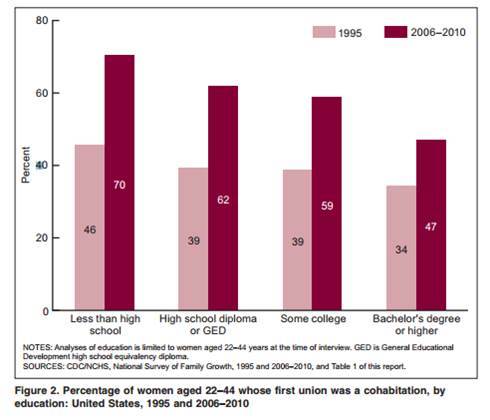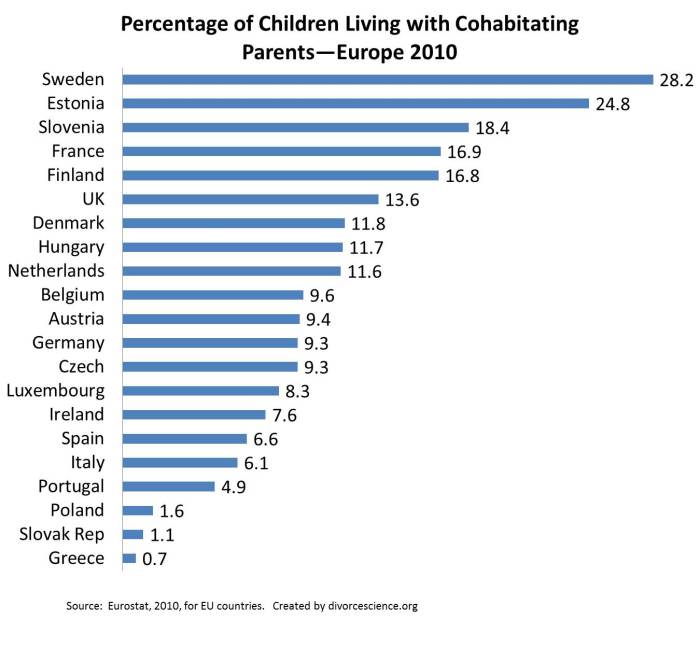New findings about predictors of divorce, marital quality, cohabitation, GLBT divorce and more. The most recent issue of the Journal of Family Psychology Volume 29, Issue 3, (Jun) includes 5 articles that address important issues in our understanding of divorce.
A more complete list of research report about divorce, remarriage and stepfamilies published in 2015 or between 2010-2015.
Goldberg, A. E., & Garcia, R. (2015). Predictors of relationship dissolution in lesbian, gay, and heterosexual adoptive parents. Journal of Family Psychology,29(3), 394. http://dx.doi.org/10.1037/fam0000095
Goldberg, J. S., & Carlson, M. J. (2015). Patterns and Predictors of Coparenting After Unmarried Parents Part. Journal of Family Psychology,29(3), 416-426. http://dx.doi.org/10.1037/fam0000078
James, S. L. (2015). Variation in Marital Quality in a National Sample of Divorced Women. Journal of Family Psychology,29(3) http://dx.doi.org/10.1037/fam0000082
Bourassa, K. J., Sbarra, D. A., & Whisman, M. A. (2015). Women in Very Low Quality Marriages Gain Life Satisfaction Following Divorce. Journal of Family Psychology,29(3) http://dx.doi.org/10.1037/fam0000075
Rhoades, G. K., Stanley, S. M., Markman, H. J., & Allen, E. S. (2015). Can Marriage Education Mitigate the Risks Associated With Premarital Cohabitation? Journal of Family Psychology, 29(3), 500-506. http://dx.doi.org/10.1037/fam0000081


